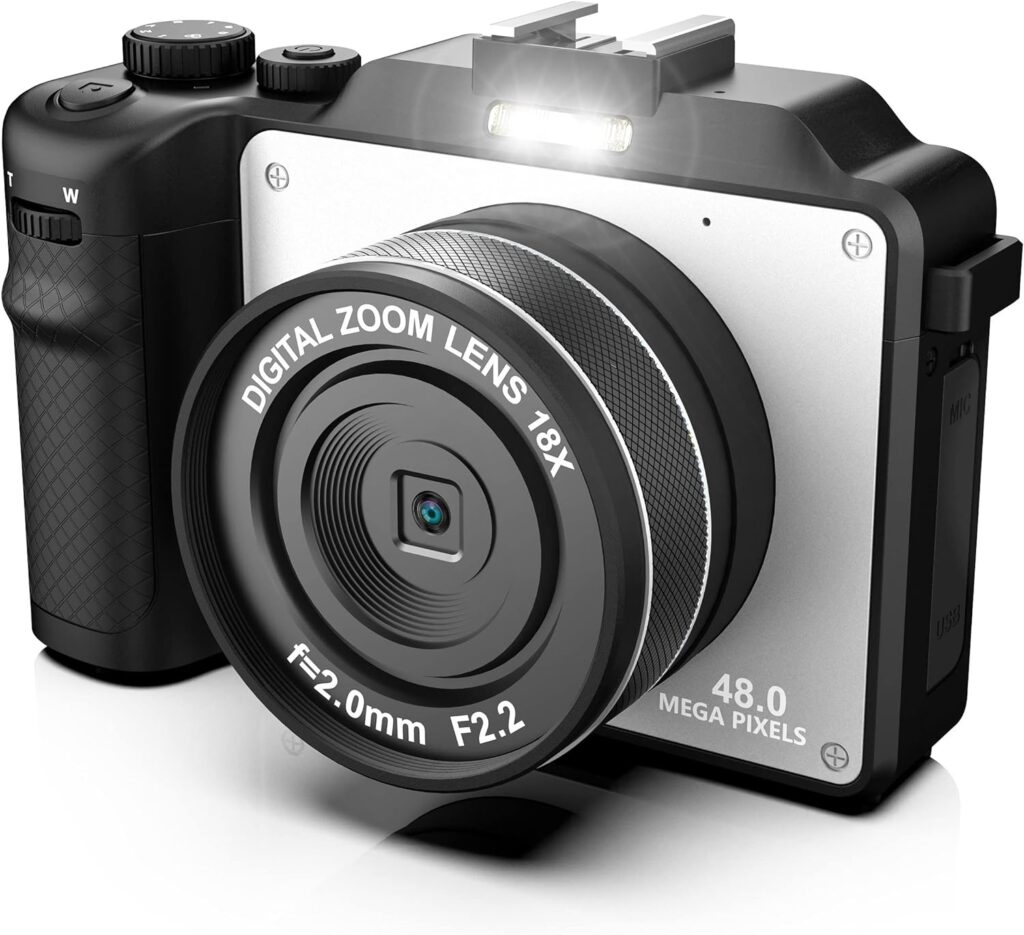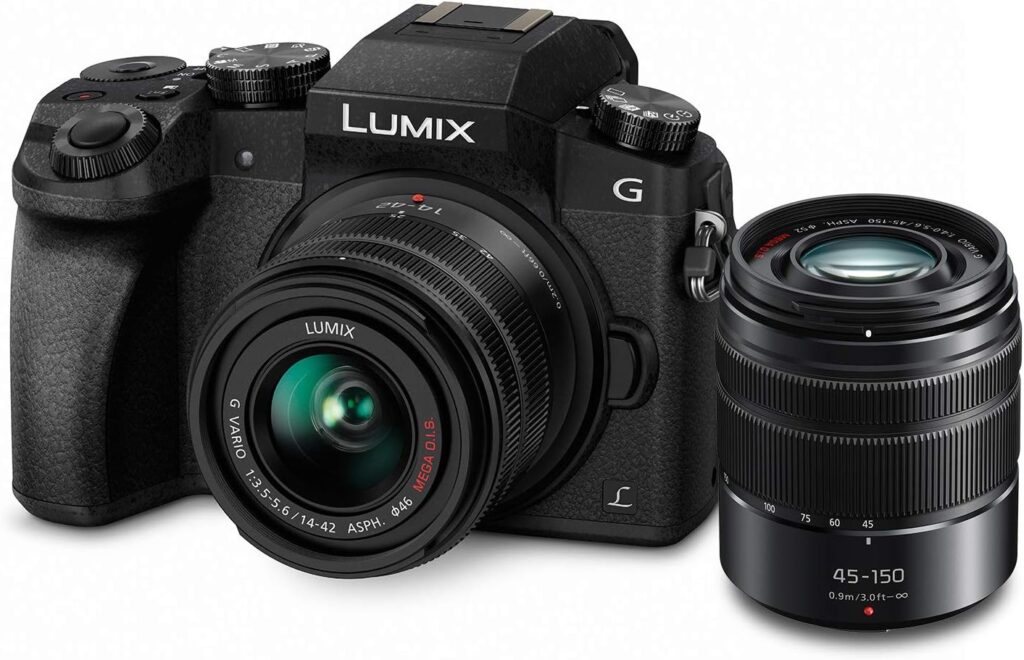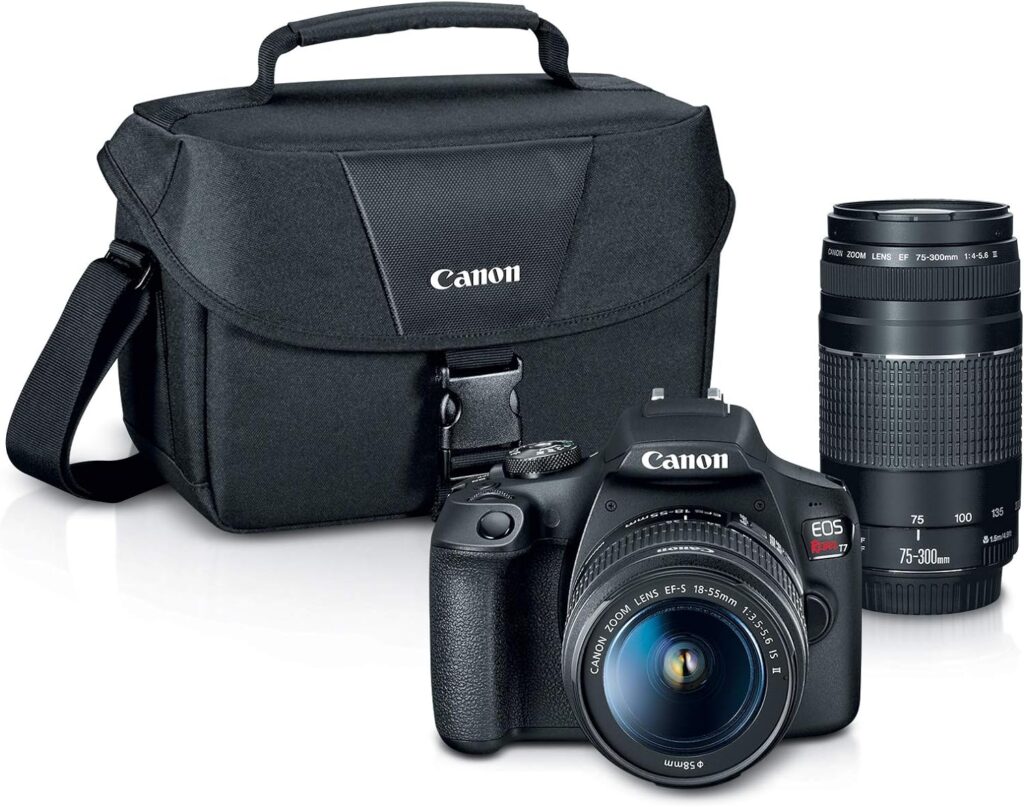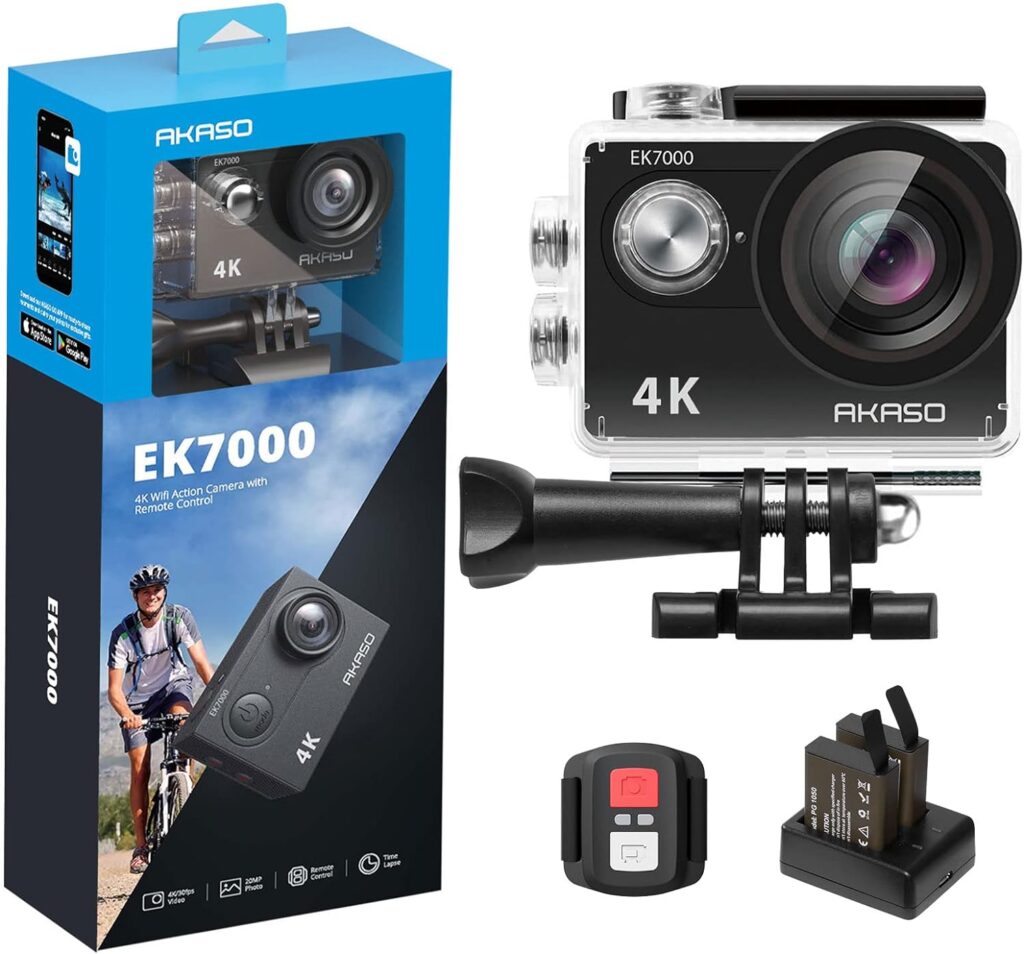


No vacation or adventure is complete without some amazing pictures to capture those memories. However, different camera types can cater to your unique needs and preferences. Cameras are becoming more advanced with every passing day, and this can be intimidating for amateur photographers. Understanding camera types is essential in choosing the best camera to take with you.
Point-and-shoot Cameras
Point and shoot cameras are pocket-sized cameras that are easy-to-use and compact. They are perfect for beginners, tourists, and anyone looking for a convenient camera that will capture the moment quickly. They have a fixed lens, automatic settings, and a zoom function. The pros of point and shoot cameras are size and convenience – they are lightweight, easy-to-use, and easy to slip into your pocket.
These are usually just simple cameras that you can point at a subject and click the shutter button. They’re designed for ease of use and portability. The cons is the image quality is often not as great compared to other types of cameras, but it’s perfect for normal use on the go. They are, however, lacking in manual settings compared to other types of cameras and may not produce the same quality of images that serious photographers may want.
Mirroless Cameras
Mirroless cameras, also known as compact system cameras, are a newer technology type of camera. They are similar to DSLR cameras but smaller and more compact. They are perfect for travelers, enthusiasts, and anyone who wants impressive image quality in a more portable package. They have interchangeable lenses, like DSLRs, but use an electronic viewfinder instead of mirrored viewfinder systems. The pros of mirrorless cameras are that they are lighter than DSLR cameras, have fast autofocus, and can produce high-quality images. The cons are that they are expensive, and the battery life is usually not as good as DSLR cameras.
They’re perfect for people who want to enjoy the benefits of SLR camera functionality without the complexity or bulk of what comes with the typical DSLR.
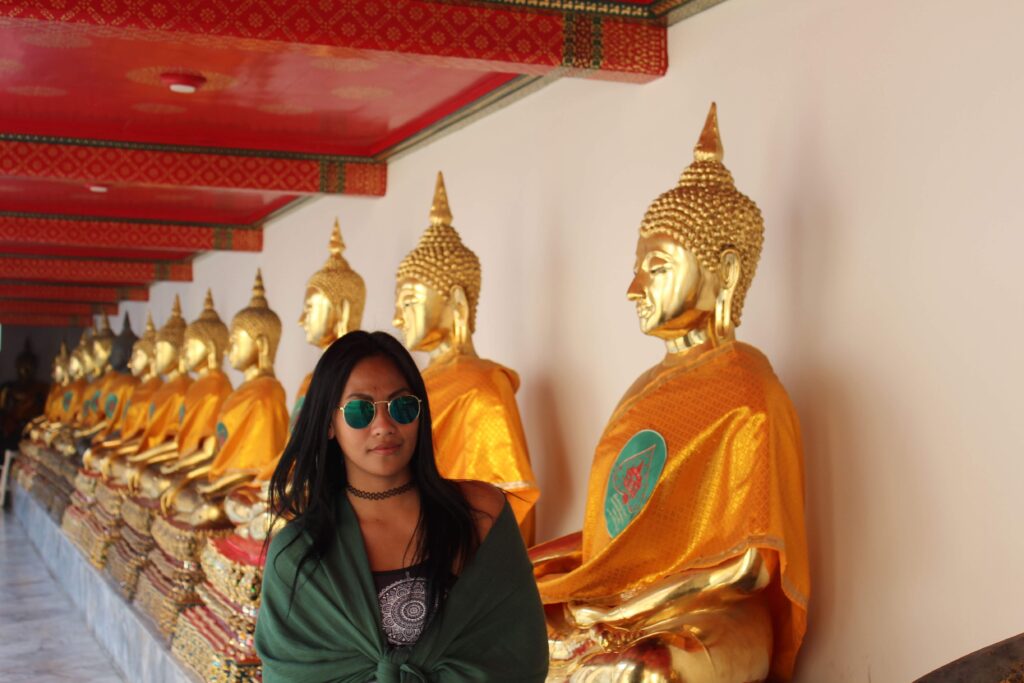
DSLR Cameras
DSLR cameras are the most advanced and versatile cameras available, they are perfect for passionate photographers, professionals, and anyone who needs total control over their images. They have interchangeable lenses, manual controls, large sensors, and reflective viewfinder systems. They are the camera of choice for landscape photographers as they can produce stunningly detailed images. The pros of DSLR cameras are advanced controls, image quality and the ability to change lenses (meaning you can use a wide-range of lenses). The cons of DSLR cameras are that they are heavy, bulky and make your bag heavier. If you’re going to be moving around a lot, you may get tired carrying one all day. However, they’re ideal for taking excellent photographs, particularly those that are done in low light and those that require precise settings.
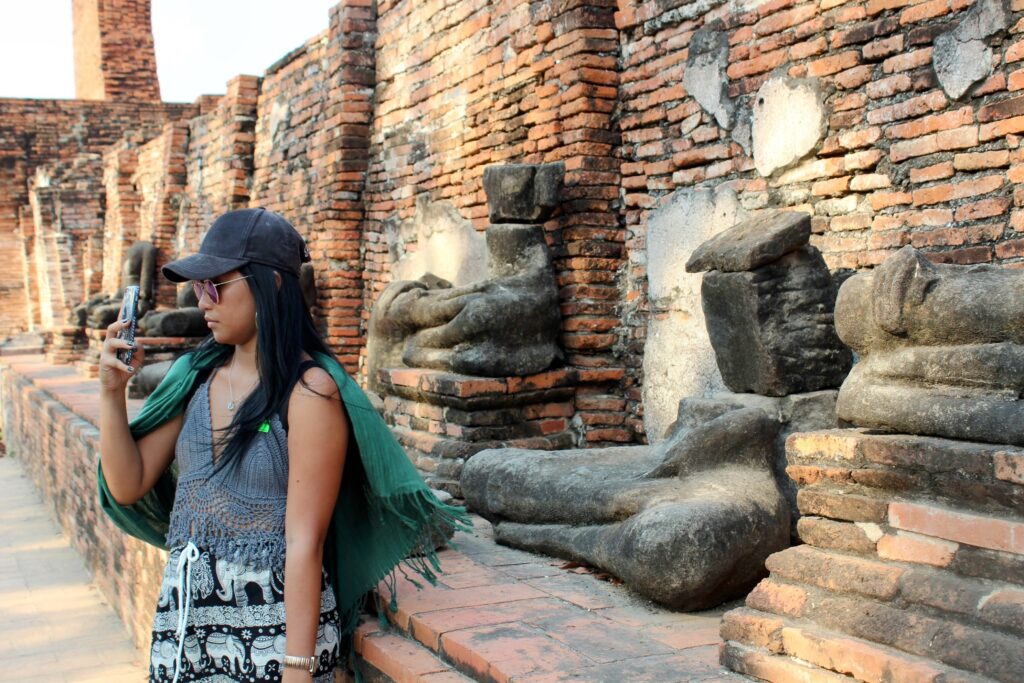
Action Cameras
Action cameras are small, rugged, and waterproof cameras that are designed for adventure and extreme sports photography. They are perfect for high adrenaline activities, outdoor enthusiasts, and anyone who’s looking for a camera that can capture both photos and videos on the go.They usually have waterproof casings for use in outdoor environments, can be mounted on helmets or handlebars and can take great pictures with impressive image stabilization. The pros of action cameras are they are small, lightweight, waterproof, and perfect for outdoor activities. They can also record slow-motion and time-lapse videos. The cons are that they have fixed lenses, limited zoom, and are more expensive than other types of cameras. AKASO EK7000 4K30FPS 20MP Action Camera is one of the amazon’s best seller make sure to add on your cart.
Photo Credits: Jakob Owens
Phone Cameras
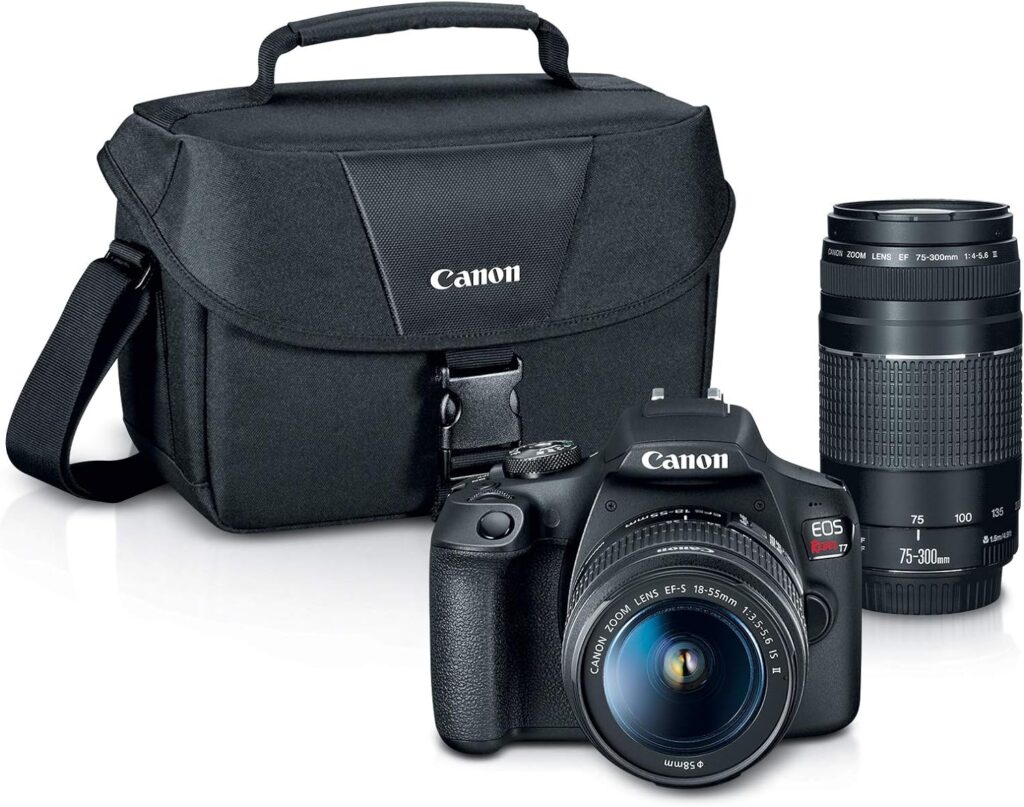
Phone cameras have become incredibly sophisticated in recent years, with most modern smartphones able to take high-quality photos that rival point and shoot cameras. They are perfect for anyone who wants to take photos but doesn’t want to carry a separate camera. The pros of phone cameras are that they are always with you, easy-to-use, and can quickly share photos on social media. The cons are that they have small sensors, limited zoom, and low light performance is usually not as good as other types of cameras.
For me Apple iPhone 11 is one of the good quality phone to use when it comes to taking a picture.
Choosing the right camera for your needs is essential when it comes to capturing moments. The five camera types outlined above offer a wide range of features and benefits, each with its pros and cons. When deciding which type of camera to purchase, consider what you want to use it for, where you’re going to be using it, and how much you’re willing to invest. Remember, the best camera is the one that you have with you, so choose a camera that is easy-to-use and meets your specific needs.

